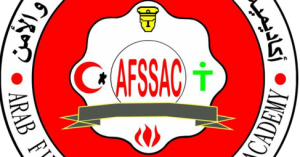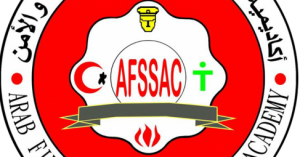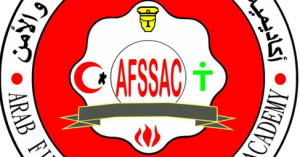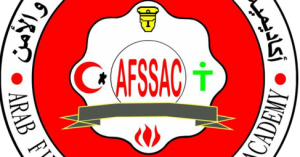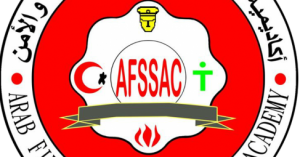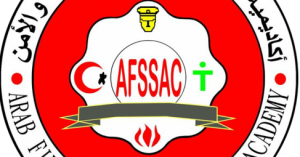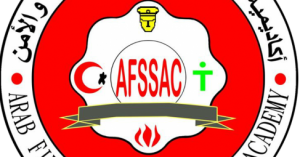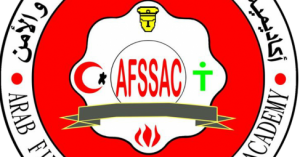
Fire fighting course : Fire inspector from AFSSAC
Fire inspector is a qualifying fire fighting course :
Who should take this fire fighting course?
Consultant offices engineers , fire safety inspectors, insurance corporate inspectors and responsible for safety in industrial, commercial and engineering institutions.
The program objectives:
Qualifying for inspecting in institutions of its various types for applying safety and fire protection systems according to local standards systems and global standards system NFPA1031
Interim goals (detailed) for this fire fighting course : –
At the end of a cycle of this program, the trainee will be able to: –
Identify the authority, responsibilities and the legal status of the Fire Inspector.
Extract inspection authorization (access).
Identify inspection methods and procedures and tools needed for the inspection process.
Identify rules and standards for the inspection process.
Identify the principles of the combustion process and its stages and the factors that influence the growth or the increase of the speed of the fire spread.
Identify common sources of heat and dangerous operations causing fire.
Identify the characteristics of electricity, electrical appliances and equipment risks in combustion and methods of securing.
Identify the different types and use of buildings.
Identify safety and protection standards for buildings according to regulations of the Civil Defense and the Saudi Building Code SBC 800 and the codes of National Fire Protection Association NFPA.
Identify the physical and chemical properties of hazardous materials through the MSDS.
Identify characteristics of the flammable and combustible liquids, their risks and procedures for the proper storage.
Take safety procedures when storing radioactive materials.
Increase the capacity of the inspector to deal with all hazardous materials during the inspection without risks.
The main axes of this fire fighting course :
• The legal status of the fire inspector within the public and private sector.
• Legal responsibility for fire inspectors.
• Extraction inspection permits.
• Modern laws and standards for the inspection process.
• Inspection procedures.
• Technical reports of the inspection.
• Written and electronic records.
• The principles of combustion and spread speed of fire.
• Thermal energy sources.
• Factors that affect the spread and the increasing growth of the fire.
• Electricity properties.
•Cooling and ventilation systems.
•National Fire Protection Assembly code NFPA 101 for life safety.
• Compressed gases properties.
•Cryogenic liquids.
•Risks associated with the use of these liquids.
•Oxidizing substances and organic peroxides.
• Radioactive materials.
•Corrosive substances.
Terms of joining this fire fighting course :
1. Educational level: General secondary Certificate and its equivalent.
2. Basic Requirements for this fire fighting course : obtaining hazardous materials – awareness fire fighting course .
3. General Requirements for this fire fighting course : physically fit and healthy.
* Duration of the program: a month and a half – five days a week -180 training session (40% theoretical 60% practical).
* Training language: – Arabic in addition to English scientific terms.
* Place of training: – Arab Fire, Safety and Security Academy in Jeddah.
* Accreditation: –
– Each trainee passes the course, gets a certificate from the Arab Fire, Safety and Security Academy locally approved by the Technical and Vocational Training Corporation and internationally approved by the World Congress of Safety and Fire Services IFSAC.
Duration: 6 weeks
